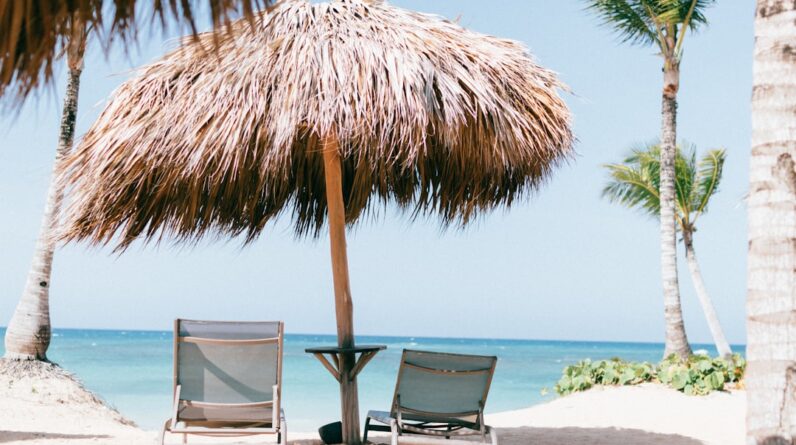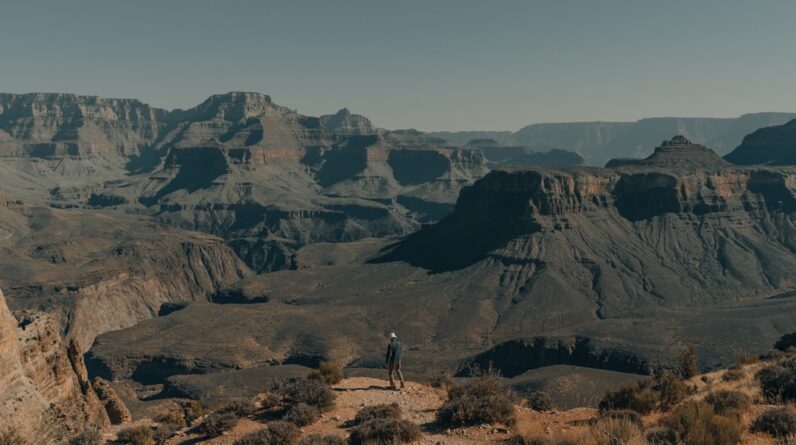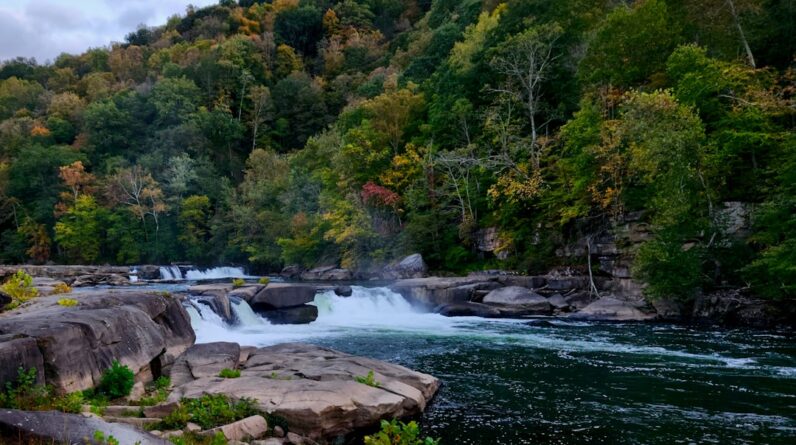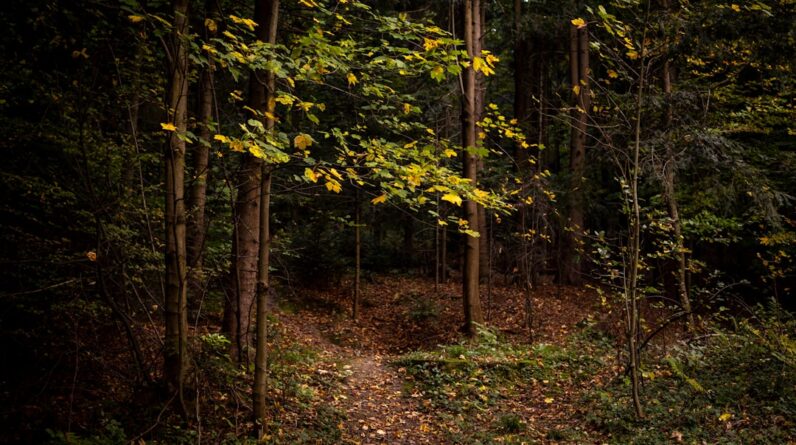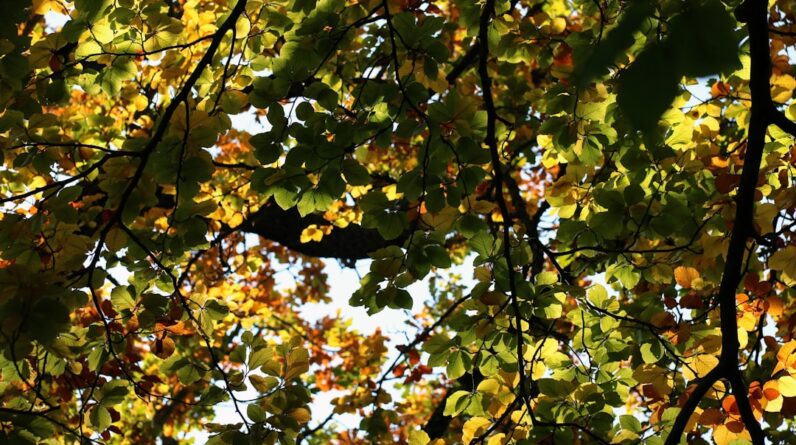Ontario, Canada is home to a vast network of lakes and waterways, making it a paradise for canoeing enthusiasts. With over 250,000 lakes and countless rivers and streams, Ontario offers endless opportunities for exploration and adventure. Canoeing has long been a popular recreational activity in the province, attracting nature lovers from around the world.
The popularity of canoeing in Ontario can be attributed to the stunning natural beauty of its lakes. From the crystal-clear waters of Lake Superior to the tranquil serenity of Algonquin Provincial Park, there is something for everyone. Ontario’s lakes are not only breathtakingly beautiful, but they also provide a unique opportunity to connect with nature and experience the great outdoors.
For nature lovers, Ontario’s lakes are a must-visit destination. The province is home to a diverse range of ecosystems, including boreal forests, wetlands, and rocky shorelines. These ecosystems support a rich variety of flora and fauna, making it a haven for wildlife enthusiasts. Whether you’re paddling through the calm waters of a small lake or navigating the rapids of a river, you’ll have the chance to encounter wildlife such as moose, beavers, loons, and bald eagles.
Key Takeaways
- Ontario’s lakes offer a beautiful and serene setting for canoeing adventures.
- Proper paddling techniques and safety tips are crucial for a successful and safe trip.
- Choosing the right canoe for your adventure can make all the difference.
- Ontario has some of the best canoe routes in the world, offering stunning scenery and wildlife encounters.
- Canoeing in Ontario is a sustainable and eco-friendly activity that allows for a deeper connection with nature.
The Art of Paddling: Techniques and Safety Tips
Before embarking on a canoeing adventure in Ontario’s lakes, it’s important to learn some basic paddling techniques and safety tips. Canoeing requires a combination of strength, balance, and coordination, but with practice, anyone can become proficient.
The basic paddling technique involves using a J-stroke. To perform this stroke, place your paddle in the water near the front of the canoe and pull it back towards your hip in a J-shaped motion. This will help you maintain a straight course while paddling. It’s also important to switch sides regularly to prevent muscle fatigue and maintain balance.
Safety should always be a top priority when canoeing. Before setting out, make sure you have the necessary safety equipment, including life jackets, a whistle, and a throw rope. It’s also important to check the weather forecast and be aware of any potential hazards, such as strong currents or rough waters. If you’re a beginner, it’s a good idea to take a canoeing course or go on a guided trip to learn the basics and gain confidence on the water.
Choosing the Right Canoe for Your Adventure
When planning a canoeing trip in Ontario, it’s important to choose the right canoe for your adventure. There are several types of canoes available, each with its own advantages and disadvantages.
One of the most common types of canoes is the recreational canoe. These canoes are typically made of durable materials such as aluminum or polyethylene and are designed for stability and ease of use. They are a great option for beginners or those looking for a leisurely paddle on calm waters.
For those planning more adventurous trips, such as whitewater paddling or extended multi-day trips, a specialized canoe may be more suitable. Whitewater canoes are shorter and more maneuverable, allowing paddlers to navigate through rapids and obstacles with ease. Expedition canoes, on the other hand, are longer and have more storage space for gear and supplies.
When choosing a canoe, it’s important to consider factors such as weight capacity, stability, and maneuverability. It’s also worth considering whether to rent or buy a canoe. Renting can be a cost-effective option for occasional paddlers or those who don’t have space to store a canoe. However, if you plan on canoeing regularly or want the freedom to customize your canoe, buying may be a better option.
A Guide to Ontario’s Best Canoe Routes
Ontario is home to some of the best canoe routes in the world, offering a range of experiences for paddlers of all skill levels. Whether you’re looking for a day trip or a multi-day adventure, there is a route to suit your needs.
One of the most popular canoe routes in Ontario is the Algonquin Provincial Park. With over 2,400 lakes and 1,200 kilometers of canoe routes, Algonquin offers endless opportunities for exploration. The park is known for its stunning landscapes, including pristine lakes, dense forests, and rugged cliffs. Canoeists can choose from a variety of routes, ranging from short day trips to extended expeditions.
For those seeking a more remote and challenging experience, the Temagami region is a must-visit destination. Located north of Algonquin Park, Temagami is known for its rugged wilderness and ancient pine forests. The region offers a range of canoe routes, including the famous Lady Evelyn River and the Obabika River.
If you’re looking for a unique cultural experience, consider paddling the French River. This historic waterway was once an important trade route for Indigenous peoples and European explorers. Today, it offers paddlers the chance to explore stunning landscapes and learn about the region’s rich history.
Wildlife Watching: Encountering Ontario’s Flora and Fauna
One of the highlights of canoeing in Ontario’s lakes is the opportunity to observe the diverse flora and fauna that call these ecosystems home. From towering pine trees to delicate wildflowers, Ontario’s lakes are teeming with life.
The boreal forests of Ontario are home to a wide variety of tree species, including white pine, black spruce, and tamarack. These forests provide habitat for numerous bird species, such as loons, bald eagles, and great blue herons. Paddlers may also have the chance to spot mammals such as moose, beavers, and otters.
When observing wildlife, it’s important to do so safely and respectfully. Keep a safe distance from animals and avoid disturbing their natural behavior. Binoculars or a camera with a zoom lens can help you get a closer look without causing any harm. It’s also important to follow any regulations or guidelines in place to protect wildlife, such as staying on designated trails or respecting nesting areas.
The best times and locations for wildlife watching will vary depending on the species you’re interested in observing. Early morning and late evening are often the best times to spot animals, as they are more active during these times. Areas with dense vegetation or calm waters are also likely to attract wildlife.
Camping on the Shoreline: Tips and Tricks for a Successful Trip

Camping on the shoreline is a popular option for those embarking on a canoeing trip in Ontario’s lakes. There are several options available, ranging from established campgrounds to backcountry camping.
Many provincial parks in Ontario offer designated campsites along canoe routes. These campsites typically have basic amenities such as fire pits, picnic tables, and outhouses. They can be reserved in advance and are a great option for those who prefer a more structured camping experience.
For those seeking a more remote and secluded camping experience, backcountry camping is the way to go. Ontario’s Crown land allows for free camping, meaning you can set up camp anywhere that is not privately owned or designated as a protected area. However, it’s important to practice Leave No Trace principles and leave the area as you found it.
When setting up camp on the shoreline, there are a few tips and tricks to keep in mind. Choose a flat and level area away from the water’s edge to avoid flooding. Clear away any debris or vegetation before setting up your tent. It’s also important to store food securely to prevent attracting wildlife.
In terms of gear and supplies, it’s important to pack light and only bring the essentials. A good quality tent, sleeping bag, and sleeping pad are essential for a comfortable night’s sleep. It’s also important to bring enough food and water for the duration of your trip, as well as a stove or cooking equipment.
Fishing in Ontario’s Lakes: A Beginner’s Guide
Fishing is a popular activity in Ontario’s lakes, attracting anglers from around the world. With over 400 fish species, including bass, trout, and walleye, there is something for every angler.
Before casting your line, it’s important to familiarize yourself with fishing regulations in Ontario. Each lake or waterway may have specific rules and restrictions in place, such as catch limits or seasonal closures. It’s also important to obtain the necessary fishing license before heading out on the water.
When it comes to fishing gear, there are several options available. Spinning rods and reels are a popular choice for beginners, as they are easy to use and versatile. Fly fishing is another popular option, especially for those targeting trout or salmon. It’s important to choose the right bait or lures for the species you’re targeting and to learn some basic casting techniques.
When fishing in Ontario’s lakes, it’s important to practice catch and release whenever possible. This helps to preserve fish populations and ensure sustainable fishing for future generations. If you do keep fish for consumption, make sure to follow any size or catch limits in place.
Exploring the Indigenous History of Ontario’s Lakes
Ontario has a rich Indigenous history that dates back thousands of years. The lakes and waterways of the province were once important trade routes for Indigenous peoples, who relied on them for transportation and sustenance.
Today, there are several significant landmarks and cultural sites that offer insight into Ontario’s Indigenous history. The Petroglyphs Provincial Park is home to one of the largest collections of Indigenous rock carvings in Canada. These carvings, which depict various animals and symbols, provide a glimpse into the spiritual beliefs and cultural practices of the Indigenous peoples.
The Mississauga First Nation, located near Lake Huron, offers guided tours and cultural experiences for visitors. These tours provide an opportunity to learn about the history, traditions, and way of life of the Mississauga people.
When engaging with Indigenous culture and history, it’s important to do so respectfully. Seek permission before entering any sacred or culturally sensitive areas. Listen and learn from Indigenous voices and perspectives, and support Indigenous-owned businesses and initiatives.
Canoeing as a Sustainable and Eco-Friendly Activity
Canoeing is a sustainable and eco-friendly activity that allows you to explore Ontario’s lakes while minimizing your impact on the environment. Unlike motorized watercraft, canoes have a minimal carbon footprint and do not contribute to noise pollution or water contamination.
To further minimize your impact on the environment, there are several tips you can follow. Practice Leave No Trace principles by packing out all your trash and leaving the area as you found it. Avoid using soap or detergents in the water, as they can harm aquatic life. Respect any fire bans or restrictions in place to prevent wildfires.
Supporting sustainable tourism in Ontario’s lakes is also important. Choose local outfitters or guides who prioritize environmental stewardship and conservation. Consider offsetting your carbon emissions by supporting projects that reduce greenhouse gas emissions or protect natural habitats.
Why Ontario’s Lakes and Canoeing are a Must-Experience for Nature Lovers
In conclusion, Ontario’s lakes offer a unique and special destination for nature lovers. With its vast network of lakes and waterways, stunning landscapes, diverse flora and fauna, and rich Indigenous history, Ontario is a paradise for canoeing enthusiasts.
Whether you’re a beginner or an experienced paddler, there is something for everyone in Ontario’s lakes. From leisurely day trips to multi-day expeditions, there are countless routes to explore and adventures to be had.
So, why wait? Start planning your canoeing trip in Ontario’s lakes today and experience the beauty and tranquility of this incredible destination. Whether you’re seeking adventure, wildlife encounters, or a deeper connection with nature, Ontario’s lakes will not disappoint.
If you’re an outdoor enthusiast who loves exploring Ontario’s beautiful lakes, you won’t want to miss the article “Dip and Glide: Discovering Ontario’s Lakes from the Seat of a Canoe.” This captivating piece takes you on a journey through the stunning landscapes of Ontario, as you navigate the serene waters in a canoe. As you immerse yourself in the tranquility of nature, you’ll discover hidden gems and breathtaking views that can only be experienced from the seat of a canoe. For more inspiring travel content, check out Travelogs.org, where you can find articles like “Unlocking the Sunshine Vitamin: Why Women Need to Prioritize Vitamin D for Optimal Health” and “Keep Pushing: Embracing Adventure and Overcoming Challenges.”
FAQs
What is the article about?
The article is about discovering Ontario’s lakes from the seat of a canoe.
What is dip and glide?
Dip and glide is a technique used in canoeing where the paddle is dipped into the water and then glided through the water to propel the canoe forward.
Why is canoeing a popular activity in Ontario?
Canoeing is a popular activity in Ontario because the province has over 250,000 lakes and rivers, making it a prime location for water-based activities.
What are some popular lakes to canoe in Ontario?
Some popular lakes to canoe in Ontario include Algonquin Provincial Park, Killarney Provincial Park, and Quetico Provincial Park.
What should I bring on a canoe trip?
Some essential items to bring on a canoe trip include a life jacket, paddles, a map, a compass, a first aid kit, and enough food and water for the duration of the trip.
Do I need experience to go canoeing?
While experience is helpful, it is not necessary to go canoeing. Many outfitters offer guided trips and lessons for beginners.
What is the best time of year to go canoeing in Ontario?
The best time of year to go canoeing in Ontario is typically from May to September, when the weather is warm and the water is calm.
What are some safety tips for canoeing?
Some safety tips for canoeing include wearing a life jacket at all times, checking the weather forecast before heading out, staying close to shore, and avoiding alcohol while on the water.



